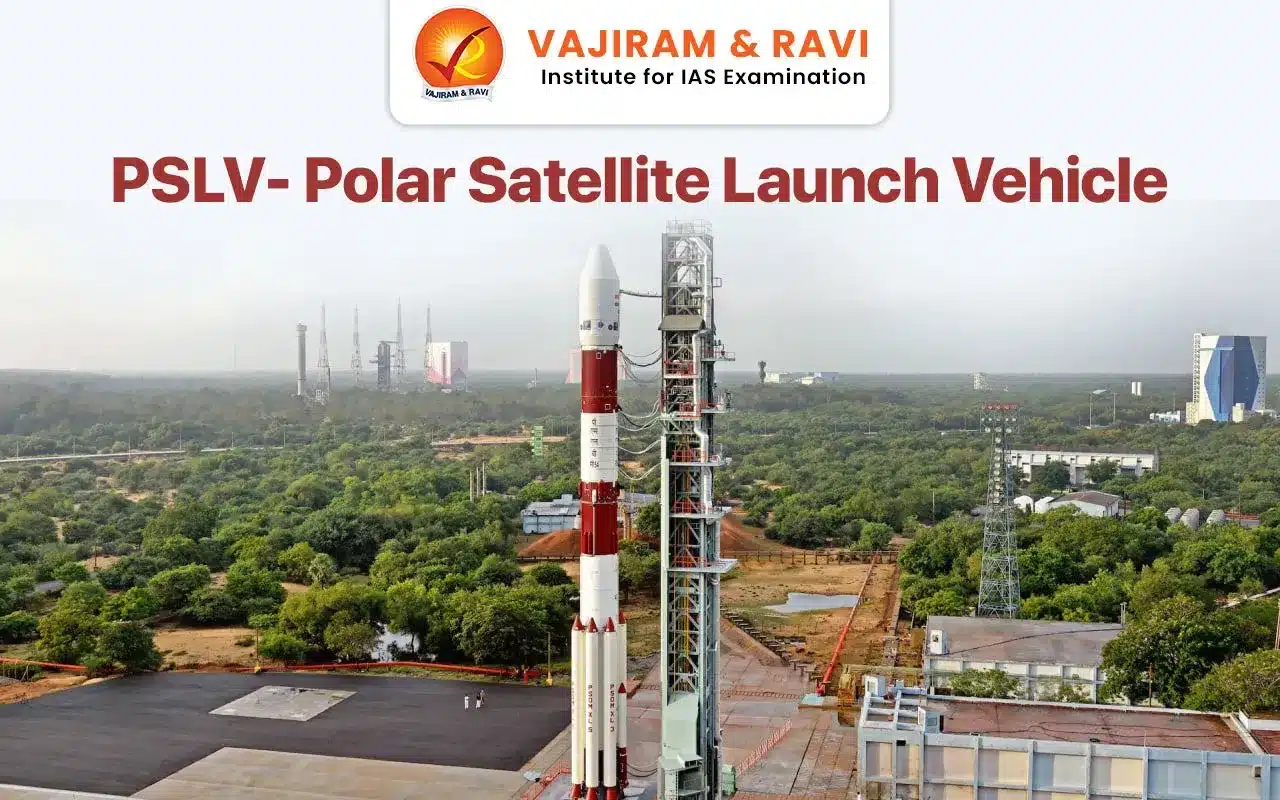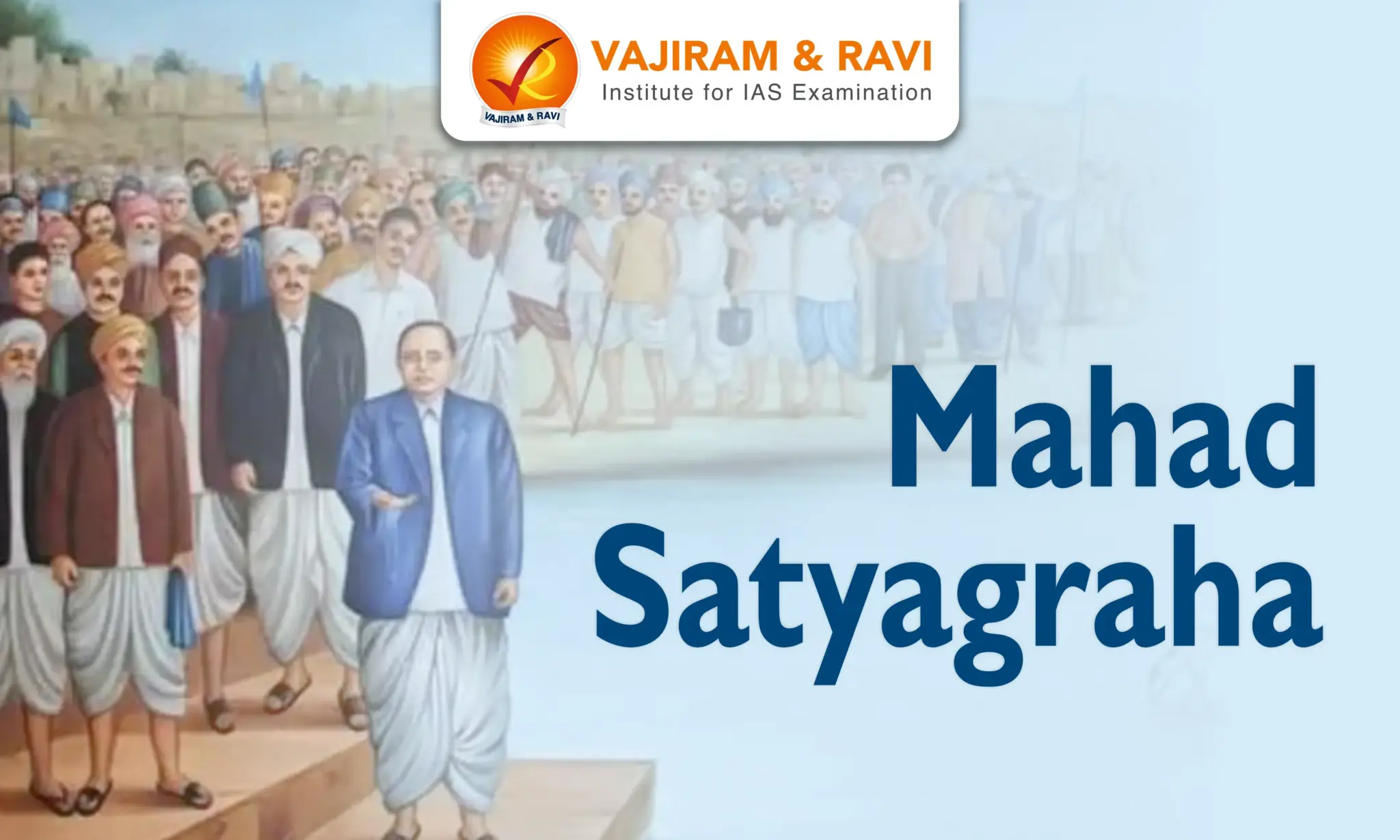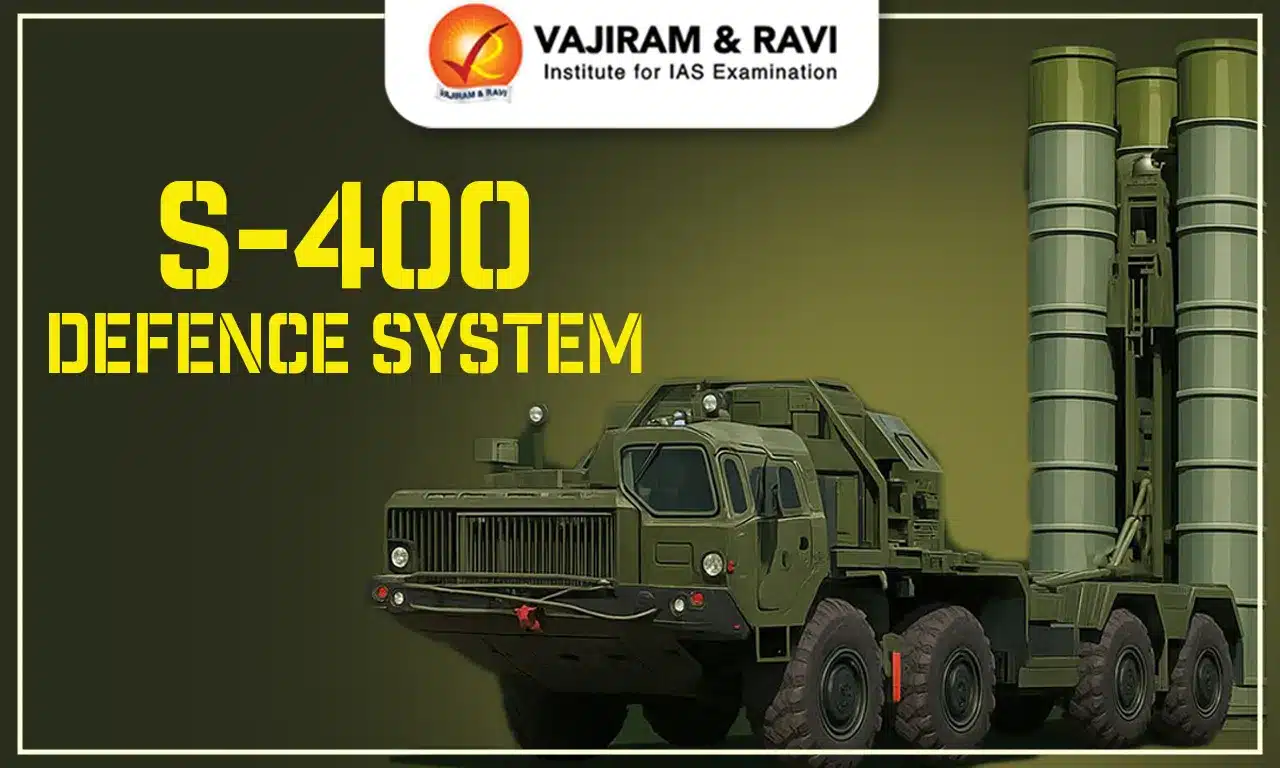The Polar Satellite Launch Vehicle (PSLV) is India's third-generation launch vehicle. It is the first Indian launch vehicle to be fitted with liquid stages. The PSLV is an indigenously built expendable launch system of the Indian Space Research Organisation (ISRO). After its initial successful launch in October 1994, PSLV established itself as a dependable and adaptable workhorse launch vehicle in India. The vehicle has launched several Indian and foreign customer satellites. Furthermore, the vehicle successfully launched two spacecraft, "Chandrayaan-1” in 2008 and “Mars Orbiter Spacecraft” in 2013, which later flew to the Moon and Mars, respectively.
In addition to LEO satellite launches, PSLV has launched satellites for communication, meteorology, navigation, scientific studies, and space exploration.
Characteristic Features of PSLV
The PSLV is an expendable launch vehicle that can place remote sensing satellites into sun-synchronous orbit (SSO) and small-sized spacecraft into geostationary transfer orbit (GTO).
- PSLV's long series of consecutive successes, as well as its multi-satellite launch capability, have cemented its credibility as a dependable, adaptable, and cost-effective launcher in the worldwide market. It also launched India’s first space observatory, Astrosat.
- Workhorse of India: PSLV earned its title 'the Workhorse of ISRO by successfully delivering several satellites to Low Earth Orbit. Due to its unmatched reliability, PSLV has been used to launch various satellites.
- Launches in various orbits: PSLV is a versatile vehicle capable of launching satellites into LEO (Low inclination, SSO), Sub-GTO, and GTO.
- Payload: The PSLV is capable of placing multiple payloads into orbit, thus multi-payload adaptors are used in the payload fairing.
- Payload Capacity to SSPO (Sun-Synchronous Polar Orbits): It is capable of carrying up to 1,750 kg of payload to SSPO at 600 km altitude.
- Payload to Sub GTO: 1,425 kg.
- Configurations of PSLV: The launch vehicle can be customised to fly in three different configurations according to the mission requirements and weighs 229,000, 296,000 or 320,000 kg.
Four Stages of PSLV
The PSLV is a four-stage rocket in which the first three spent stages of the rocket fall into the ocean while the last stage (PS4), which launches the satellite into orbit, ends up as space trash.
| Four PSLV Stages with Functions | |
|
First Stage: PS1
|
- PSLV employs an S139 solid rocket motor supplemented by six solid strap-on boosters. - It generates the tremendous amount of thrust required to lift all 1,750 kilograms of the PSLV off the launchpad. |
|
Second Stage: PS2
|
- PSLV uses an Earth-storable liquid rocket engine for its second stage, known as the Vikas engine. - Liquid engines in the PSLV give the rocket better bang for the buck for rocket fuel. |
|
Third Stage: PS3
|
- The third stage of PSLV is a solid rocket motor that provides the upper stages with high thrust after the atmospheric phase of the launch. |
|
Fourth Stage: PS4
|
- The fourth stage is a liquid stage with twin engines. - This stage is responsible for injecting the PSLV payloads into their desired orbits. - It uses two (earth-storable) liquid engines to provide rocket thrust and may be turned on several times to discharge its payload in batches.
|
PSLV Orbital Experimental Module (POEM)
The POEM is a platform for conducting in-orbit experiments using the final, and otherwise discarded, stage of ISRO's workhorse rocket, the Polar Satellite Launch Vehicle.
- PS4 stage will orbit the Earth as a stabilised platform.
- Dedicated Navigation Guidance and Control systems are used to achieve attitude stabilisation.
- POEM gets its electricity from solar panels installed around the PS4 tank and a lithium-ion battery.
- For example, recently, POEM-3, India's unique low-cost space platform, was launched utilising the spent PS4 stage of the PSLV-C58 vehicle, which launched XPoSat.
Variants of PSLV
The PSLV is classified into several variations, including the core-alone version (PSLV-CA), PSLV-G, and PSLV-XL variants.
- Strap-on Motors: In the PSLV-XL, QL, and DL variants, 6,4,2 solid rocket strap-on motors supplement the thrust delivered by the first stage.
| Variants of PSLV | |
|
PSLV-G (Standard Variant)
|
- The standard PSLV configuration includes 6 strap-on boosters. - Four Stages: PS1, PS2, PS3, PS4. - The second PSLV flight in 1994, was successful. |
|
PSLV-XL (Extended Variant)
|
- The XL version is launched with extra propellant in the strap-on solid rocket boosters to increase the payload capacity. - Multiple satellite launch capability and multiple orbit capability. - No. of strap-on motors: Six - Payload capability to SSPO (600 km): 1750 Kg - Launches by PSLV-XL: Chandrayaan-1, Aditya-L1 mission, and Mars Orbiter Mission etc. |
|
PSLV-CA (Core Alone Variant)
|
- The Core Alone version is launched without six strap-on boosters and less propellant in its upper stage, a configuration specifically used in missions featuring small payloads. - This variant is the lightest version of the PSLV rocket. - No. of strap-on: Nil - Payload capability to SSPO: 1019 Kg. - Launches: PSLV-C55 and PSLV-C56, which launched the TeLEOS-2 and DS-SAR satellites, respectively, employed the CA variant. |
|
PSLV-QL (Quick Launch Variant)
|
- The PSLV-QL variant includes all ground-lit strap-on variants with a total propellant capacity of 48 tonnes. - No. of Strap-on: Four - Payload capability to SSPO: 1523 Kg |
| PSLV-DL (Dual Launch Variant) |
- The PSLV-DL variant is equipped with only two strap-on boosters with a propellant load of 12 tonnes on them. - Used for launching two satellites simultaneously. - Launches: XPoSat |
Difference between PSLV and GSLV
ISRO developed two satellite launch vehicles (rockets): PSLV (Polar Satellite Launch Vehicle) and GSLV (Geosynchronous Satellite Launch Vehicle). The key differences between GSLV and PSLV are:
| PSLV | GSLV | |
| Stages | 4 Stage: PS1, PS2, PS3, PS4 | 3 Stage: GS1, GS2, CUS |
| Lift Off Mass | 320 tonnes (XL) | 420 tonnes |
| Fuel | Mix of solid and liquid fuels | Liquified nitrogen and Oxygen |
| Generation |
- Third Generation - First Flight: 1993 |
- Fourth Generation - First flight: 2014 |
| Orbit | Capable of launching all three types of payloads: earth observation, geostationary, and navigation. | GSLV is primarily used for missions to GTO. |
| Used for | Designed mainly to deliver the “earth-observation” or “remote-sensing” satellites. | The principal payloads of the GSLV are INSAT-class communication satellites that operate from geostationary orbit. |
| Strap-ons | It comes with four variants: 6, 4, and 2 solid rocket strap-on motors. | Four liquid strap-ons. |
| Payload | 1,750 kg of payload into SSPO. | Payload to GTO: 2,250 kg |
| Version/Variants | PSLV-CA, PSLV-G, PSLV-XL, PSLV-DL PSLV-QL | GSLV Mk 1, GSLV Mk II, GSLV Mk III. |
PSLV UPSC PYQs
Question 1: With reference to India's satellite launch vehicles, consider the following statements: (UPSC Prelims 2018)
- PSLVs launch satellites useful for Earth resources monitoring whereas GSLVs are designed mainly to launch communication satellites.
- Satellites launched by PSLV appear to remain permanently fixed in the same position in the sky, as viewed from a particular location on Earth.
- GSLV Mk III is a four-stage launch vehicle with the first and third stages using solid rocket motors; and the second and fourth stages using liquid rocket engines.
Which of the statements given above is/are correct?
(a) 1 only
(b) 2 and 3
(c) 1 and 2
(d) 3 only
Answer: (a)
Last updated on December, 2025
→ Check out the latest UPSC Syllabus 2026 here.
→ Join Vajiram & Ravi’s Interview Guidance Programme for expert help to crack your final UPSC stage.
→ UPSC Mains Result 2025 is now out.
→ UPSC Notification 2026 is scheduled to be released on January 14, 2026.
→ UPSC Calendar 2026 is released on 15th May, 2025.
→ The UPSC Vacancy 2025 were released 1129, out of which 979 were for UPSC CSE and remaining 150 are for UPSC IFoS.
→ UPSC Prelims 2026 will be conducted on 24th May, 2026 & UPSC Mains 2026 will be conducted on 21st August 2026.
→ The UPSC Selection Process is of 3 stages-Prelims, Mains and Interview.
→ UPSC Result 2024 is released with latest UPSC Marksheet 2024. Check Now!
→ UPSC Prelims Result 2025 is out now for the CSE held on 25 May 2025.
→ UPSC Toppers List 2024 is released now. Shakti Dubey is UPSC AIR 1 2024 Topper.
→ UPSC Prelims Question Paper 2025 and Unofficial Prelims Answer Key 2025 are available now.
→ UPSC Mains Question Paper 2025 is out for Essay, GS 1, 2, 3 & GS 4.
→ UPSC Mains Indian Language Question Paper 2025 is now out.
→ UPSC Mains Optional Question Paper 2025 is now out.
→ Also check Best IAS Coaching in Delhi
Polar Satellite Launch Vehicle FAQs
Q1. Which fuel is used in PSLV?+
Q2. What is the full form of PSLV?+
Q3. What is PSLV-C54?+
Q4. What is a core-alone version of PSLV?+

















